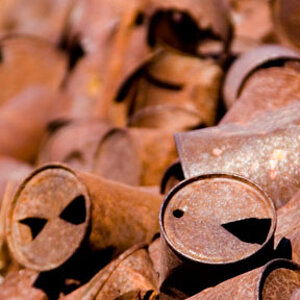PerfectlyFlawed
TPF Noob!
- Joined
- Feb 2, 2010
- Messages
- 2,408
- Reaction score
- 19
- Location
- Tempe, Arizona
- Website
- www.feliciakelsayphotography.com
- Can others edit my Photos
- Photos OK to edit
I just got done reading this book on photography tips and such...gave me a few things i was excited to get out and experiment with. My first time shooting in manual mode Went to a birthday party and thought it was the perfect opportunity.
My point was to play around with the F stops to see what the difference was.. I wanted to see for myself what the book was explaining and try to better understand it... so please correct me if i was heading in the wrong direction.
The larger the F stop # ie; F/22 , the more in focus and less? depth of field? for landscapes and such...and the smaller..ie; F/5.6 for more bokeh a shorter? Depth of Field... Im still trying to understand the meanings of each... ill get there.
Anyways, I shot these all in Aperture Priority mode so that i didnt have to worry about settings the shutter speed at the time... was around 3-6 pm somewhat overcast and rainy day out at the park... all shot with my 55-200mm.
Id *really* like to know how i did! Settings are as stated, let me know if there is something i didnt include. Also, i did a little PP to all of these tried fixing some overexposed/under exposed areas... messed with contrasts and such... didnt too too much.
1.) 1/800, F/ 4, ISO 250

(Couldnt help it.. the expression was priceless.)
2.) 1/320, F/7.1, ISO 200

3.) 1/500, F/4.5, ISO 200

4.) 1/100, F/8, ISO 200

My point was to play around with the F stops to see what the difference was.. I wanted to see for myself what the book was explaining and try to better understand it... so please correct me if i was heading in the wrong direction.
The larger the F stop # ie; F/22 , the more in focus and less? depth of field? for landscapes and such...and the smaller..ie; F/5.6 for more bokeh a shorter? Depth of Field... Im still trying to understand the meanings of each... ill get there.
Anyways, I shot these all in Aperture Priority mode so that i didnt have to worry about settings the shutter speed at the time... was around 3-6 pm somewhat overcast and rainy day out at the park... all shot with my 55-200mm.
Id *really* like to know how i did! Settings are as stated, let me know if there is something i didnt include. Also, i did a little PP to all of these tried fixing some overexposed/under exposed areas... messed with contrasts and such... didnt too too much.
1.) 1/800, F/ 4, ISO 250

(Couldnt help it.. the expression was priceless.)
2.) 1/320, F/7.1, ISO 200

3.) 1/500, F/4.5, ISO 200

4.) 1/100, F/8, ISO 200

Last edited:



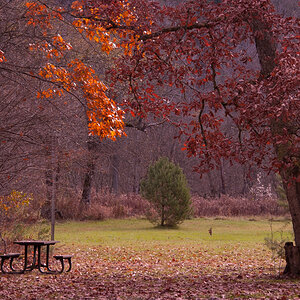

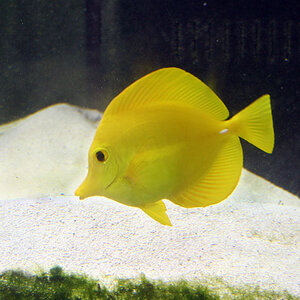
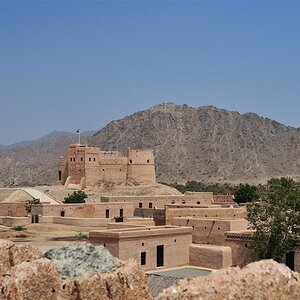
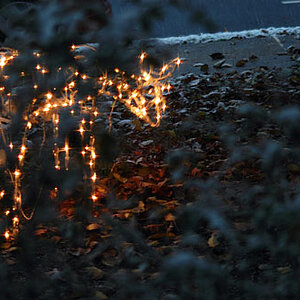
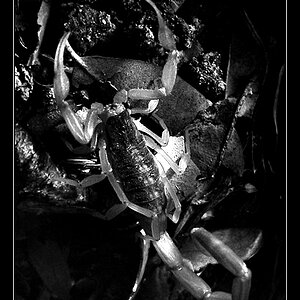
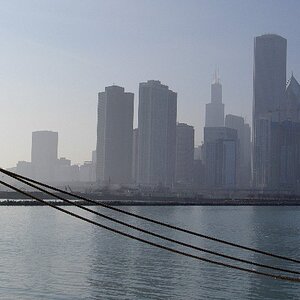
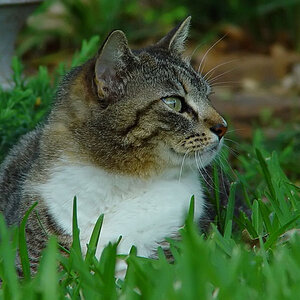
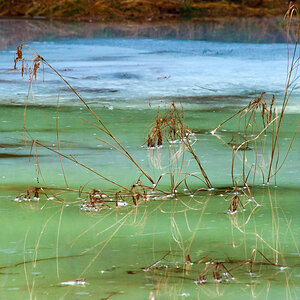
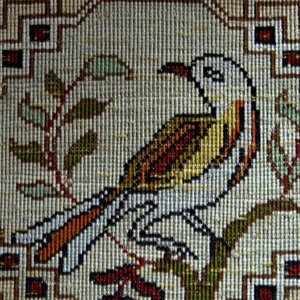
![[No title]](/data/xfmg/thumbnail/35/35597-714b74cc48992e5353856abfe325df68.jpg?1619737065)
